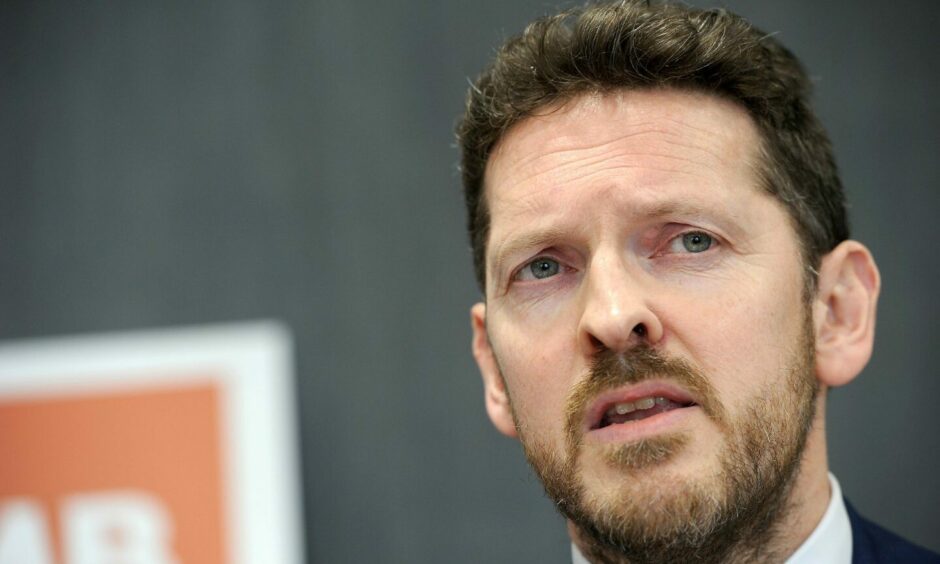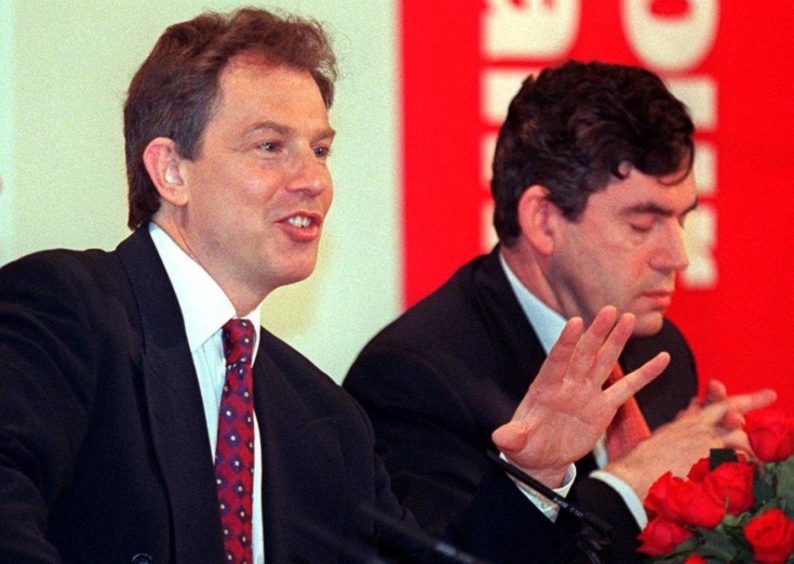For Scotland, the worst thing that can happen to a good idea is that England adopts it first.
Such is the SNP’s antipathy towards rule from Westminster, such is its desire to be seen to do things differently – whether justified or not – that a policy embraced by the British government is immediately black-balled.
This is one reason the more successful public service reforms pursued south of the border have found no echo in the north.
For example, the English NHS is doing interesting things with technology, using private sector innovation to manage hospital appointments and tackle waiting lists and times.
This has the advantage of making the process smoother for the patient and also frees up NHS staff to focus on care.
I know of one Scottish tech company whose clever app has been taken on by the English NHS but who, despite their best efforts, have been ignored by ministers in Scotland.
The same is true in education, where brave and difficult reforms to schools have freed headteachers to run their schools as they see fit.
The curriculum is focused on imparting knowledge rather than the “progressive” child-centred approach that is failing so badly in Scotland.
In some places, the results for children from less privileged backgrounds have been superb.
Not everything is rosy in English public services – far from it – but the change-led attitude of government and therefore of workers in the sector is dynamic and ambitious and often, therefore, more effective. But because these policies have a Union flag attached to them, the SNP doesn’t want to know.
This might not matter so much if the Nats had a firm view and an energetic programme of their own. But they don’t.
Public services in Scotland have suffered from neglect
For the past decade at least, Scotland’s schools and hospitals have suffered from neglect by an administration that has viewed their problems as too tough to tackle.
They are an inconvenience, with selective data being used to “prove” achievement rather than the grim truth being admitted and faced.
It’s not just me that sees it this way. Last week, I spoke to Dr Iain Kennedy, a Highland GP who is also chair of BMA Scotland, who was excoriating about the failure of our politicians to own up to the level of crisis facing the NHS.
“It seems unbelievable that there is no vision, no strategy, no plan for NHS Scotland,” he said.
The precarity of the health service was being “hidden from the public”, replaced by a “culture of cover-up and secrecy”. This is an appalling state of affairs.
You would expect the government to have a grip. And yet, when I interviewed Humza Yousaf late last year and asked about the commitment he had previously made to institute a “national conversation” about reform of the NHS, the first minister’s response staggered me.
“I’ll see where we are with the health secretary – I asked him to speak to the BMA around the national conversation. You’ll know yourself there never seems a right time to have that conversation given the pressure on the NHS.”
This is not what grip looks or sounds like, and it’s a theme that sadly pertains across the policy spectrum.
Government is hard, and change is tough – no one should doubt that. All the more reason, then, to ensure that the system is geared to be as effective as possible.
This is something Keir Starmer seems to get, as his likely entrance into Downing Street draws nearer. It emerged yesterday that the Labour leader wants to make fundamental changes to how things are run.
Starmer’s ‘super cabinet’ to make judgements on spending priorities
One idea is to create a powerful executive cabinet, comprising the prime minister, chancellor, a new first secretary of state and some others, which would make judgements on important spending priorities and budgets before they were presented to full cabinet.
Starmer also wants to bring back a Number 10 policy delivery unit, which would enforce his programme across Whitehall.
This was one of Tony Blair’s most successful innovations as PM, forcing accountability on ministers and senior civil servants and ensuring priorities are being advanced rather than sinking into bureaucratic inertia.
I’ve been suggesting something similar in Scotland for a few years now, to no avail.
Experts from business and other sectors external to the government could be asked to join “mission boards” focused on implementing Labour policies on the economy, education, housebuilding, the NHS and net zero.
All of this suggests a welcome seriousness about delivery, about hitting the ground running, that has been wholly absent from Scottish politics.
There’s really no reason, beyond political stubbornness or simple ineptness, that this should be the case.
There are plenty of Westminster policies that Scotland won’t – and shouldn’t – want to ape. There is often a distinct political sensibility up here, and certainly different electoral choices have been made, that dictate an alternative direction.
Yet Yousaf shows no interest in reforming government so that it works better.
One trusts that Anas Sarwar sees matters differently. Inevitably, the Scottish Labour leader will have sympathy with Starmer’s choices, and I know he and his team are thinking hard about how to be an impactful administration, and how to show they are markedly different from the independence-obsessed Nats, if they win in 2026.
Good ideas are good ideas, wherever they come from – and a damaging cultural cringe shouldn’t be allowed to stand in their way.
Chris Deerin is a leading journalist and commentator who heads independent, non-party think tank, Reform Scotland



Conversation